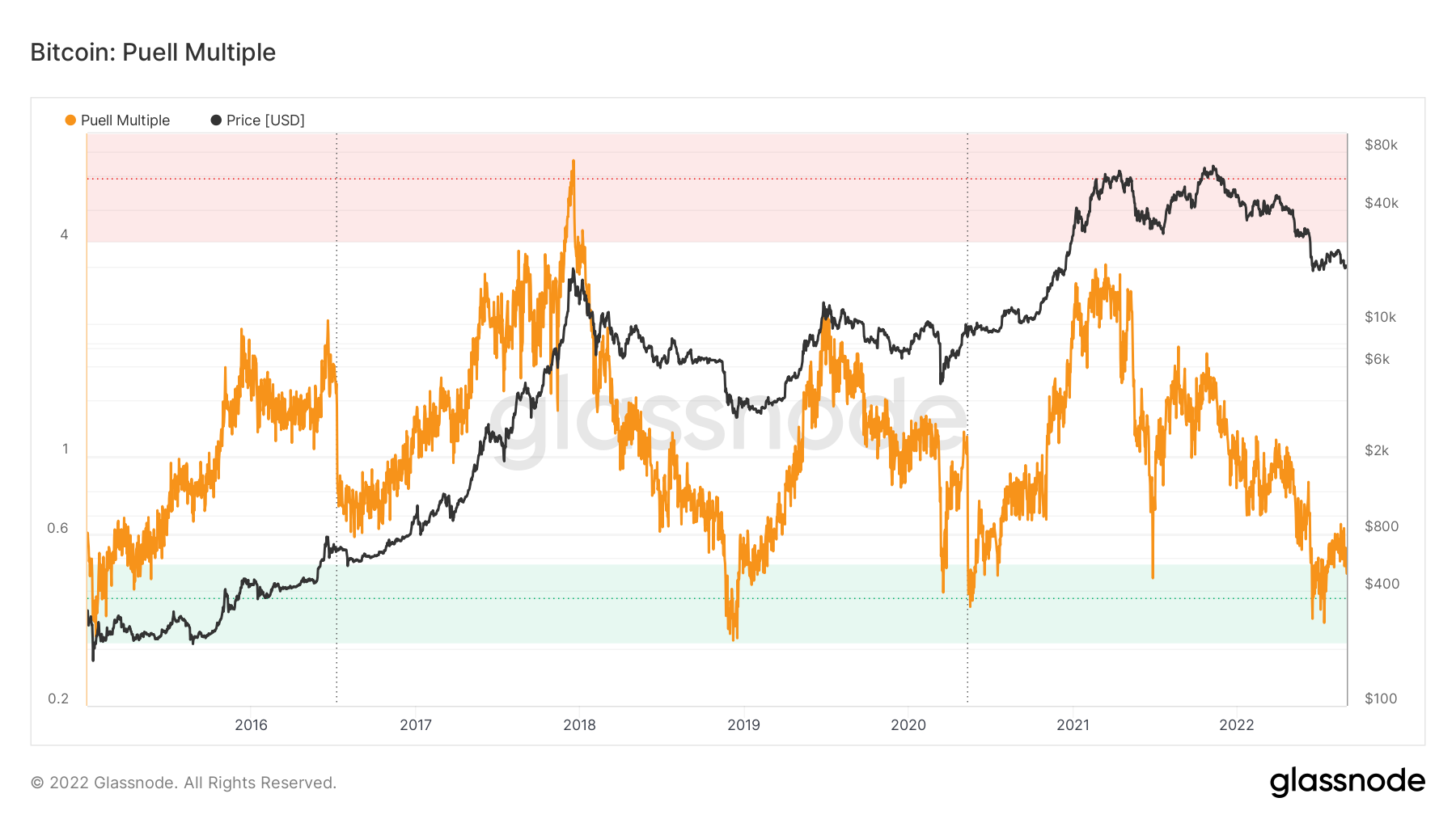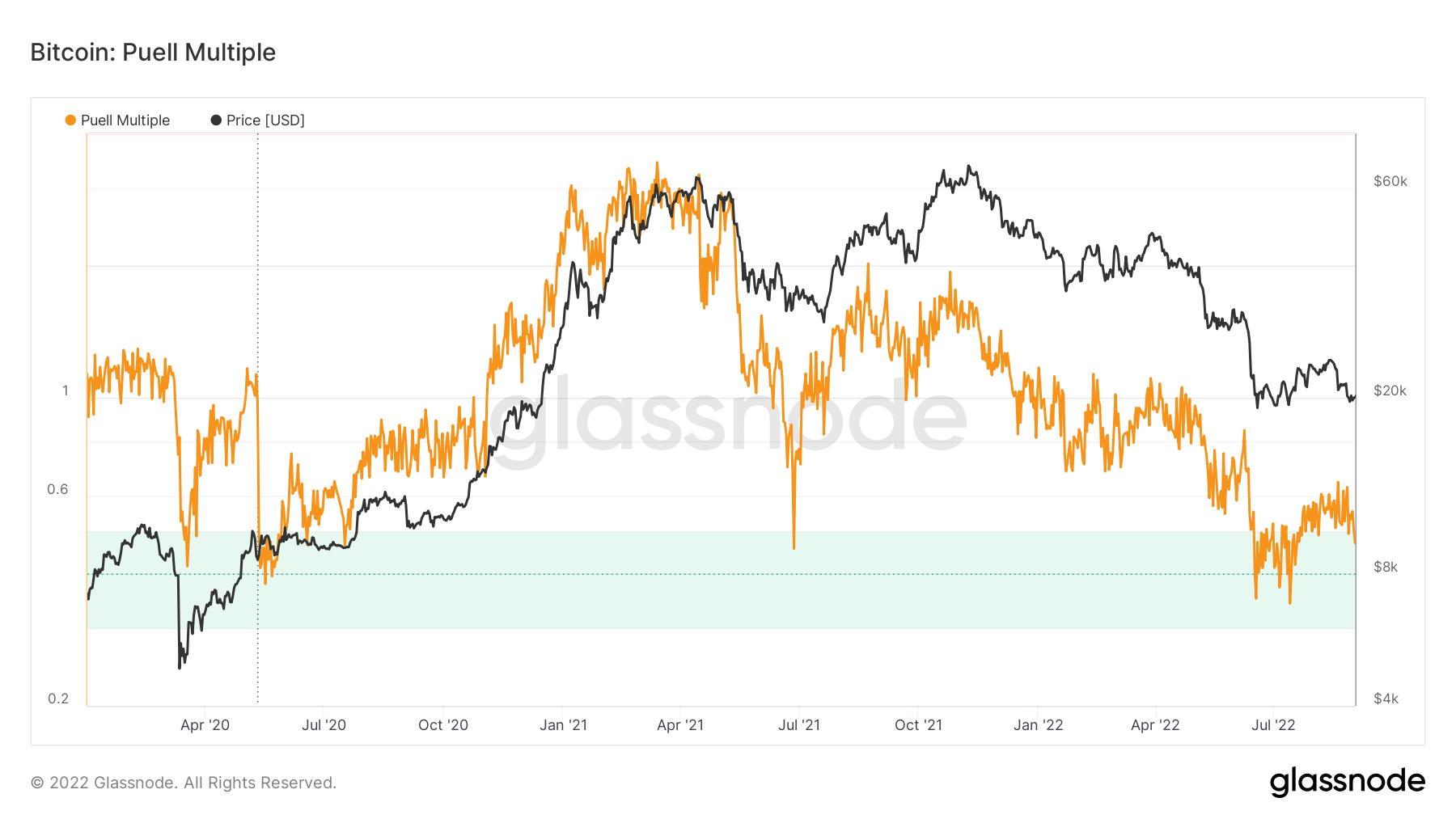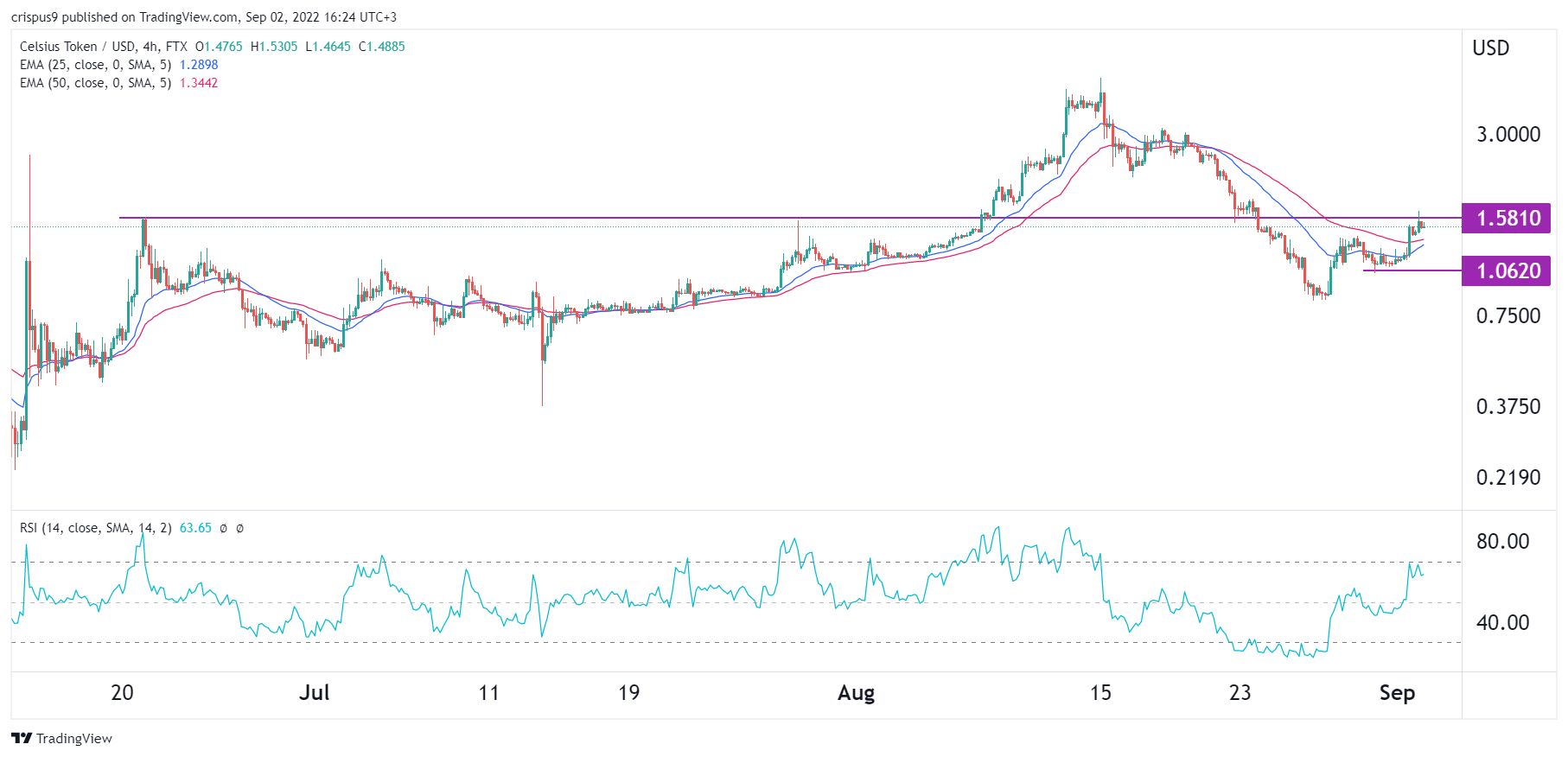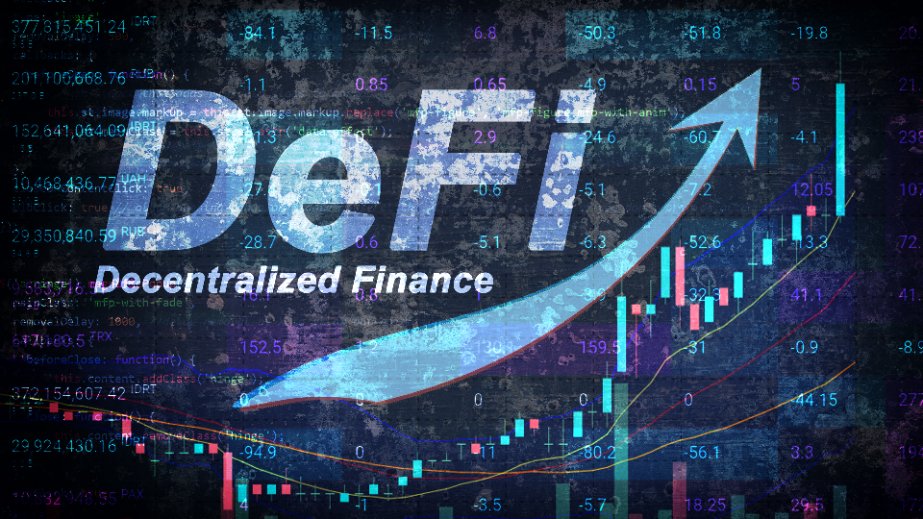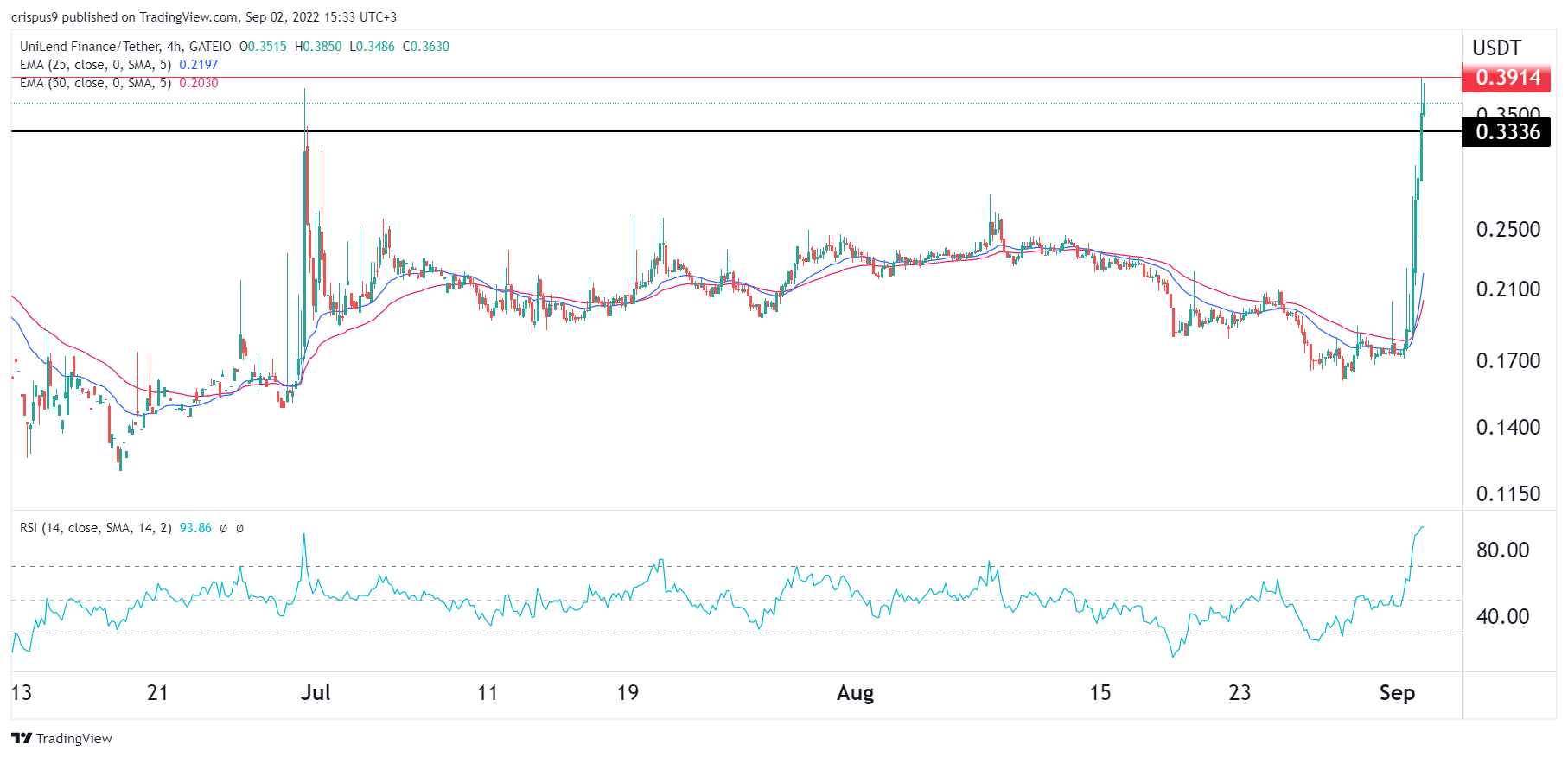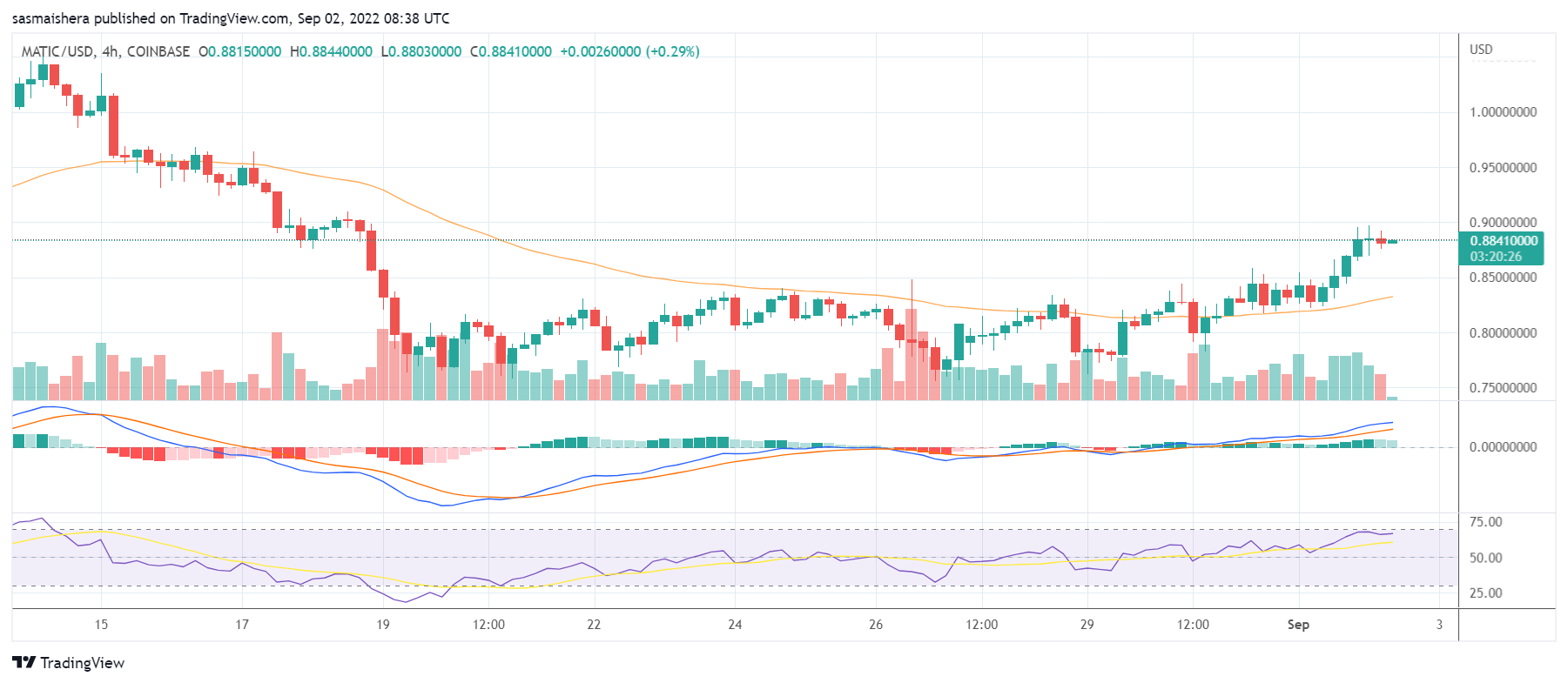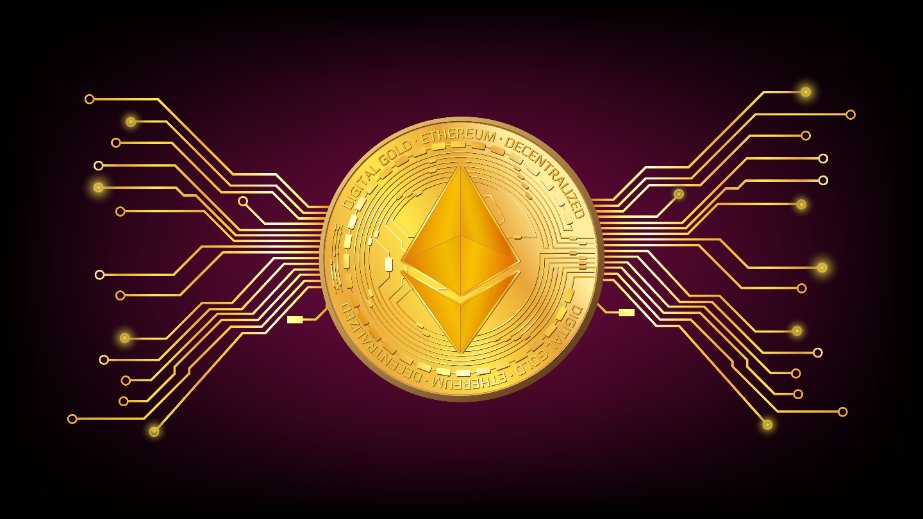
As we get closer and closer to one of the biggest events in the brief history of cryptocurrency – the Ethereum Merge – there are a number of metrics which are suggesting activity is picking up across the space.
Ethereum Name Service
The first is the Ethereum Name Service (ENS), which saw its third highest month of revenue in August. Generating $4.3 million in revenue, the service saw 34,000 accounts register names for the first time.
August 2022 stats for ENS
– 301K new .eth registrations (total 2.17m names)
– $4.7m in protocol revenue (all goes to the @ENS_DAO)
– 2,744 ETH in revenue (3rd highest month)
– 34K new eth accounts w/ at least 1 ENS name (total 540k)
– >99% of OpenSea domain vol pic.twitter.com/utU8i4cBMT— ens.eth (@ensdomains) September 1, 2022
These names are a neat feature of Ethereum. Instead of providing somebody a long Ethereum address, instead a simple name ending in .eth can be provided, such as harrypotter.eth, for example. This name can be linked to one’s wallet, meaning it’s all that needs to be given when asking for a payment. Simple and intuitive.
The boost in these names being registered shows that people are positioning themselves for the Merge, slated to go live on September 15th.
13 million ETH staked
The amount of ETH locked up in the staking contract is now up to 13 million ETH, which is about 11% of the total supply. At the current market price of $1,635, that translates to over $21 billion of Ethereum locked up in the staking contract.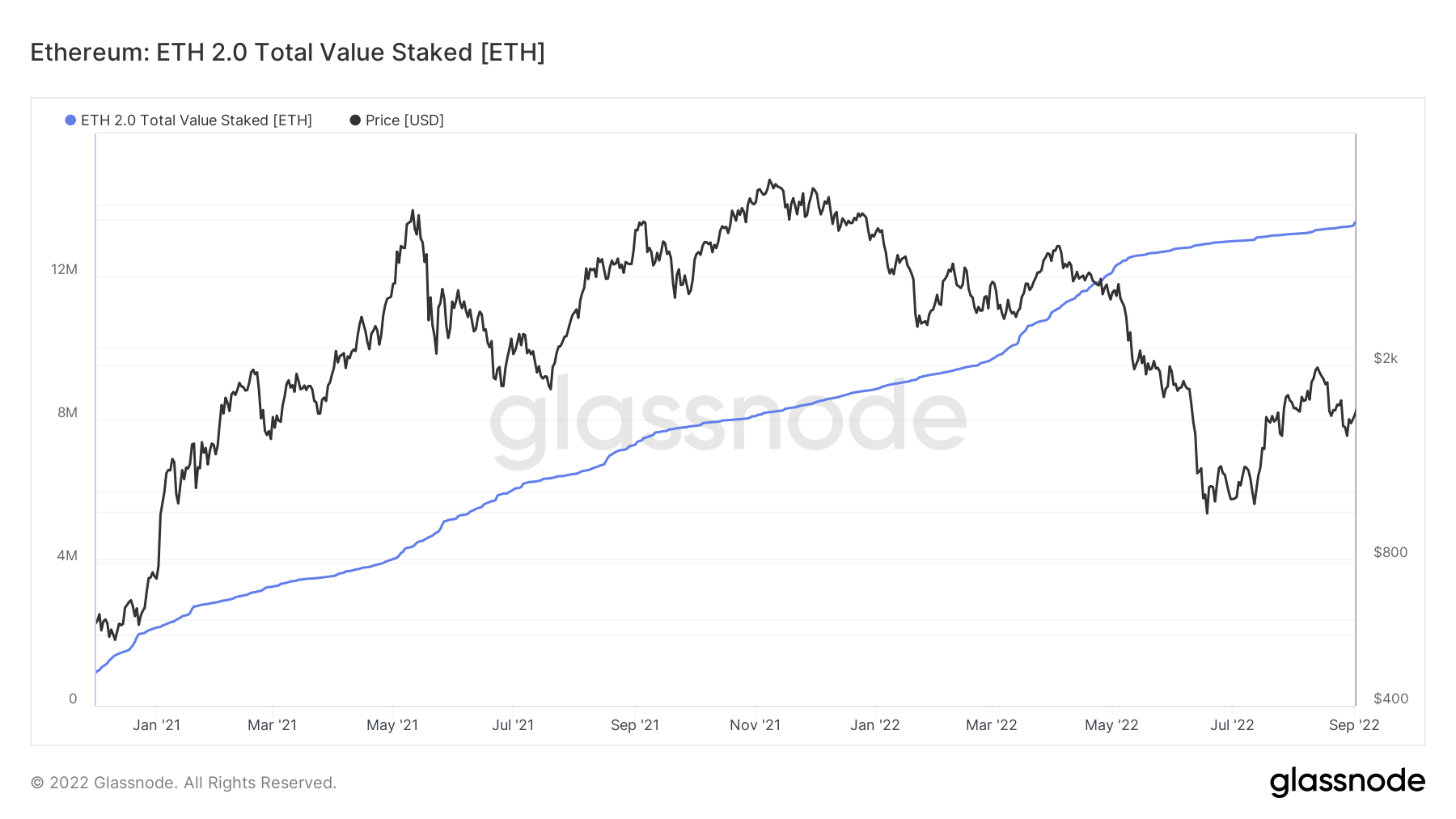
What is important to note here is that the Merge will not enable withdrawals of this ETH. I had previously speculated about whether a flooding of ETH into the market post-Merge could place downward pressure on the price – after all, much of the Ethereum has been locked up for quite a while, as the above graph shows.
However, investors will not be able to withdraw their ETH until another upgrade is implemented, which is not planned for 6 months to a year down the line. This should dull the concern around the supply/demand level as the Merge goes live. There are also liquid staking alternatives which mean the liquidity has not been totally inexistent to date.
Macro
And so we close in on the watershed moment, only two weeks away as I write this. The big question remains, will this be a “buy the rumour, sell the news” type event, or will Ethereum pump off the back of it.
My thoughts for the moment are simple – I think for the short-term price action, the macro climate is currently far more important, with spiralling inflation. A hawkish Fed and tense geopolitical climate still driving markets across the board.
The post Ethereum gathers steam for Merge, ENS domains rise and stakers patiently wait appeared first on CoinJournal.


